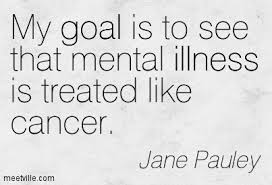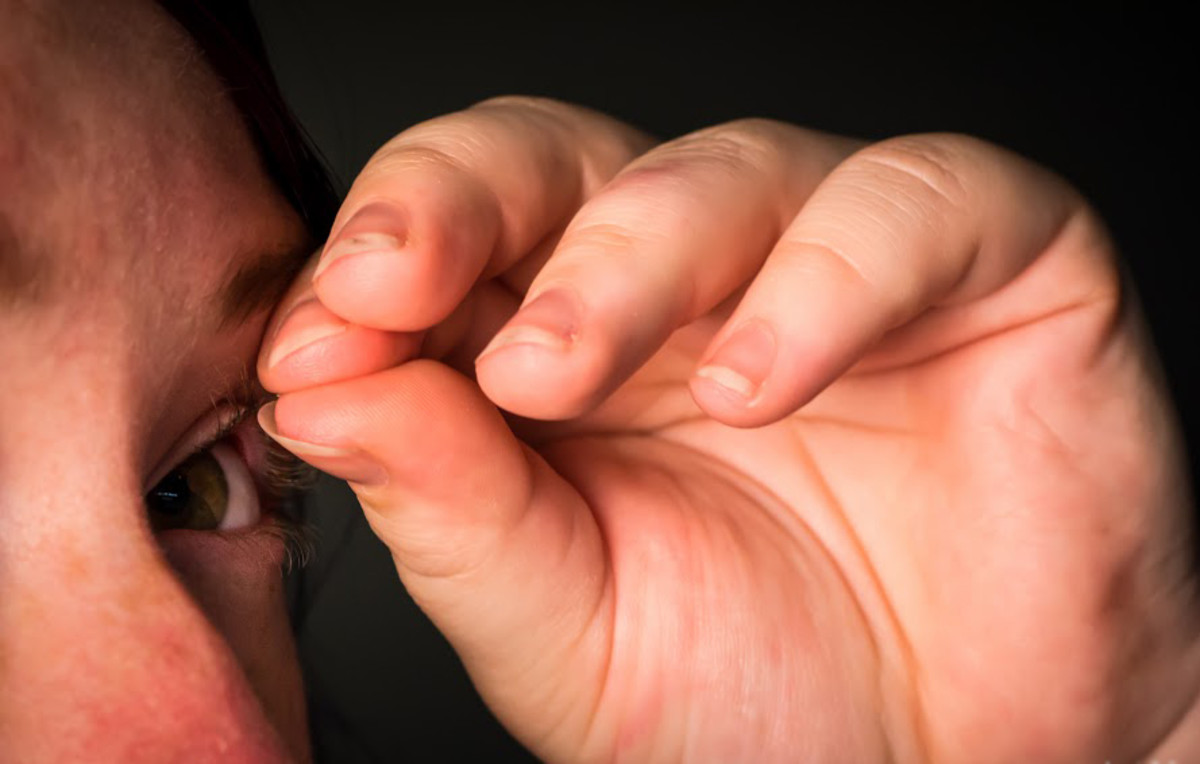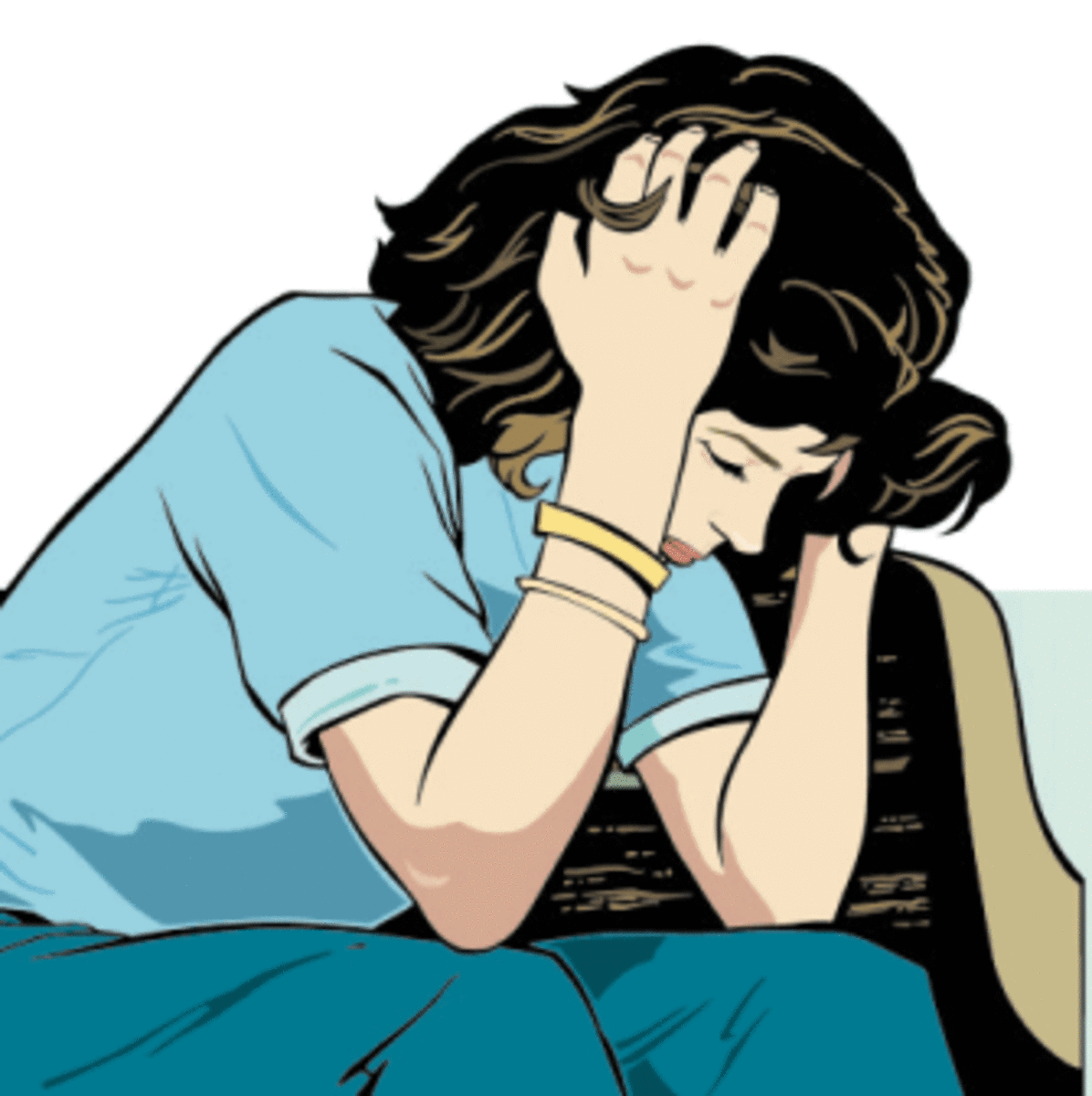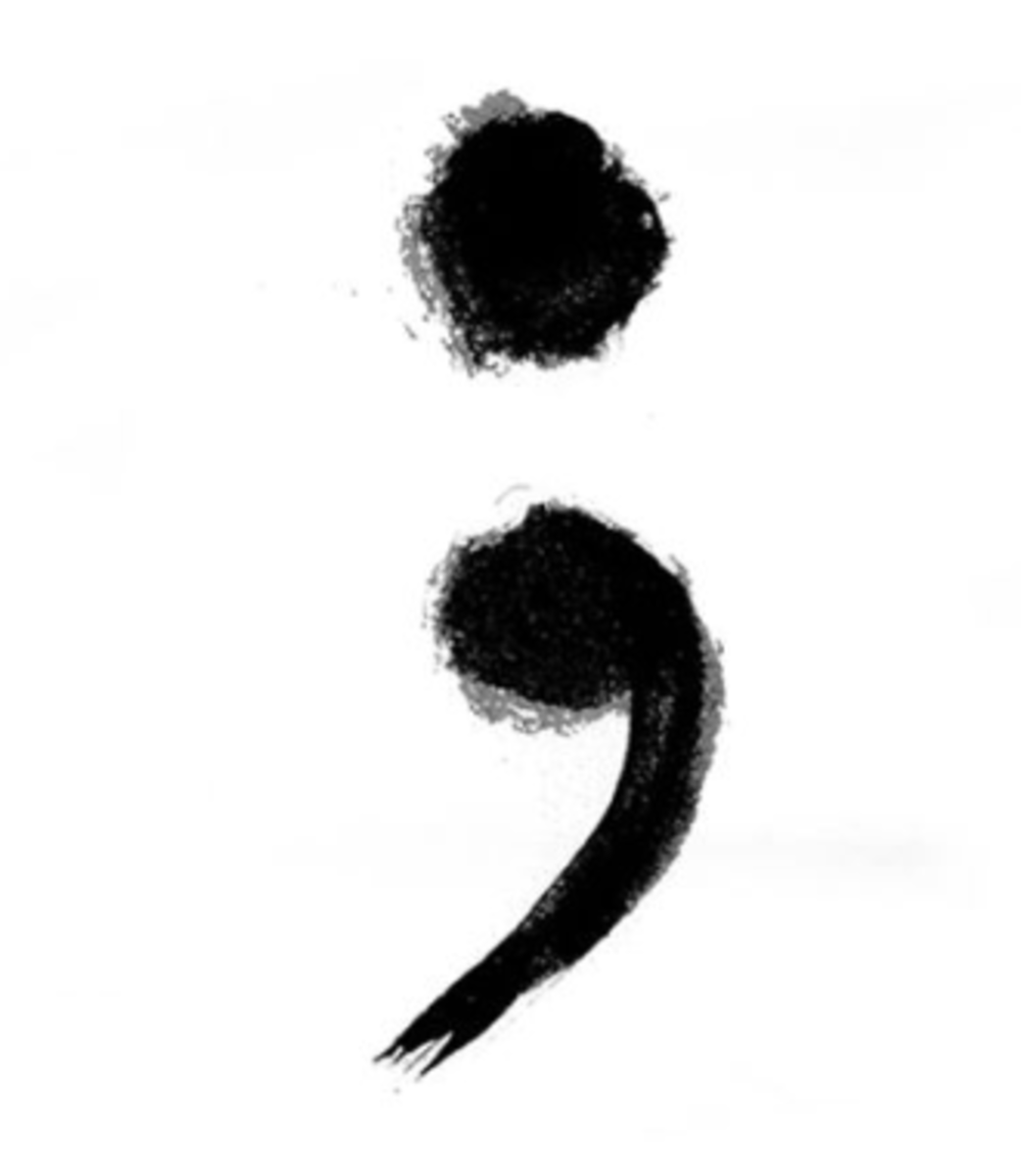Learn Some Basics About Mental Health Disorders And Warning Signs

Labels Related to Mental Illness
Commonly thought of and labeled, mental illness is many times classified or viewed as a disease. Knowingly or unknowingly so, this is internalized and affects the person afflicted with such disorders.
However, a person living with a mental illness does not have a choice – similar to a person with cancer, it just happens. Despite the change in life by the acquired mental illness, there is help out there to improve their condition and possibly their quality of life.
What is Mental Illness?
This is an umbrella term that defines a change in a person’s moods, feelings, thoughts and way of socializing, which is frequently different from societal expectations. In addition, mental illness can affect the person’s ability to manage daily activities such as working, going to school, maintaining relationships and having adequate hygiene.
All mental health disorders are classified in the new DSM-5 manual, which is used by mental health clinician’s as they are guided toward establishing a proper diagnoses. It would be virtually impossible to discuss all the vagueness encompassed within mental health disorders in one article. Therefore, the purpose is to provide awareness, address misconceptions and treatment recommendations for those who have been touched by mental illness.

Prevalence of Mental Health Concerns
The numbers of those that live with mental illness is alarming and on the rise. 1 out of 4 individuals will have a mental illness at one point during a given year. Of those, 1 in 17 people will develop severe mental illness, totaling about 57 million people who are currently diagnosed with a mental health disorder. Out of those numbers about half will suffer from a dual diagnosis, or two or more conditions simultaneously.
It is very common with certain disorders – especially personality disorders to have an additional disorder or two. Having more than one disorder does not mean that the person is in a worse condition than a person with one disorder; all it means is their symptoms could not be contained in one diagnosis.
The easiest way to reduce a persons stress related to diagnosis is for the treating clinician to explain that the diagnoses purpose is to guide treatment – whether it is psychotherapy, medication or both. So the most important aspect of diagnosing is to explore what the client hears and understands from the diagnosis. This is essential in treatment to normalize and remove stigma related to mental health issues. Frequently clients flee from therapy as a result of fear.
The numbers above apparently say that at one point in everyone’s life they will encounter a person with mental illness or develop a condition themselves. So, maybe it is time to gather some information about symptoms and treatment. As a society it would be counterproductive to continue to ignore this phenomena. We can only make ourselves better friends, brothers, sisters, mothers, daughters, and helpers for those that have an illness. Additional attention and understanding is required since some illnesses are genetically passed such as schizophrenia, bi-polar and alcoholism disorders.
Most of us have encountered a person with mental illness whether it was apparent or not. Most of what is essential with relating to this population is having a little compassion and patience. It goes much deeper than just realizing someone is different and his or her normal is different than the perceived societal “normal.” This is not intended to get deeply clinical in the classification, as there are a wide array of mental illness disorders, symptoms, and stipulations.
Other Mental Health Resources
- Myths And Facts About Mental Illness-Awareness, Prev...
Being truthful about your mental illness helps people understand your illness better. It can help others understand, respect, and defeat stigma that all to often comes along with mental illness. - 9 Facts About Mental Illness You Should Know
There are so many myths out there about how mental illness is caused. There are just as many plain out lies about mental illness that are just not true. You may have heard all kinds of misconceptions about people who have a mental illness. - Diagnoses and Resources for Mental Health Illnesses
Do you or someone you know suspect having a mental health concern. 1 in 4 Americans have been diagnosed at one point in their lives with a mental health diagnosis. Help is out there - Good News About Mental Health, Mental Illness and the Recovery Model
A lightning tour and potted history of mental health care and an introduction to the recovery model and why it is good news for those with mental health problems!
Famous people with mental health diagnoses
Do you or someone you know have a mental health disorder?
Misconceptions
Frequently misconceptions are at the center of societal denial and accompanied stigma related to mental health. Those diagnosed are not “crazy” as some may see but however their thought processes, behaviors, and perceptions may not be appropriate to relate to others. By all means someone with a mental health disorder is not dumb, sometimes to the contrary very smart. Frequently, those diagnosed on the Autism spectrum and schizophrenia tend to be quite bright. In addition, even someone who is catatonic or psychotic can hear and see and at times of lucidity are functional and able to care for themselves.
Treating a person with mental illness appropriately is very important not to mention humane. As a society there is a common phrase – treat others, as you want to be treated; yet the mentally ill do not gain that kindness.
Don’t misperceive their abilities, frequently the person can recognize when help is being offered or when they are being stigmatized. Living with their disorder without interruption they certainly can tell genuineness and fear. So making them more aware is not needed and could possibly set them off depending on the person and their past experiences. The best advice that I can give is to make them feel as comfortable as possible, treat them with understanding, compassion, and patience – but not in a manner that makes them feel ignorant.
Seeking Professional Advice May Be Warranted If These Symptoms Appear.
- Volatile anger
- Unexplained memory loss or loss of time
- Withdrawal from friends and family
- Feeling of depression or worthlessness
- Hearing voices
- Seeing something that no one else does
- Feeling the world is working against them
- Inability to control emotions (anger, sadness, happiness, crying)
- Thoughts of harming yourself or someone else
Warning Signs
Mental illness can feel like it emerged out of the blue and sometimes it does. Most of the time signs emerge over time that are commonly ignored and/or feared so one remains silent. Most mental health disorders have as optimal developing period, which is adolescence.
For mood disorders, psychotic disorders, personality disorders and some others the critical time of noticing change is from ages 14 to almost 30. This brings up some additional thoughts and concerns. Adolescence is already a time of great change – so one might ask how do you know if it is normal development? Unfortunately, sometimes you don’t. However, staying in close relational contact with your teen can be helpful and to monitor overt signs such as described below.
If you or a loved one is suspected of living with a disorder please seek help. It is not common to have symptoms that are recognized in mental disorders. If you notice some of these symptoms below for more than one month please seek a consultation from a professional – preferably a mental health professional since that is their specialty
Final Thoughts
Please make yourself and others around you aware of the vast population of mentally ill individuals and to learn to treat them, as you would want to be treated. Remind yourself that the diagnosis is no different from a medical diagnosis – it is there to guide treatment only and not to be worn as a label. Your local state and county programs can guide in terms of available treatment. In addition, notifying your current medical insurance provider as many of them provide mental health treatment, medication and hospitalization. Not to mention drug and alcohol treatment.
The bottom line is improvements are possible with mental health disorders but treatment is a must in order to obtain a better quality of life.









